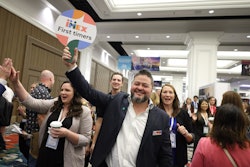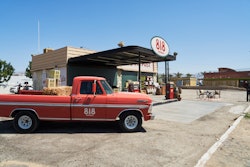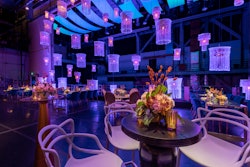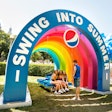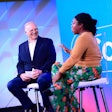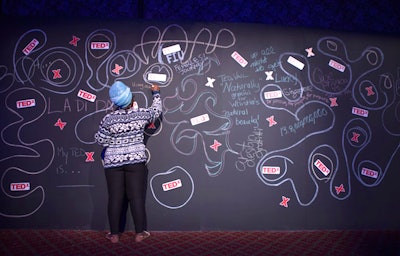
When we hopped on a Zoom call with Spiro's Amy Blackman to chat about turning event attendees into brand advocates, we had a bunch of questions prepared about social media. But when we started to ask them, she surprised us: "I actually don’t think it’s about that,” she said.
Blackman, a strategic partner at the experiential agency, acknowledges that she might think about the topic a bit differently due to her background: The Long Beach, Calif., resident previously managed musicians for 20 years, and has a master's degree in cultural anthropology plus an MBA from Georgetown. She takes a more academic-driven approach to the topic of creating brand advocates, she explained.
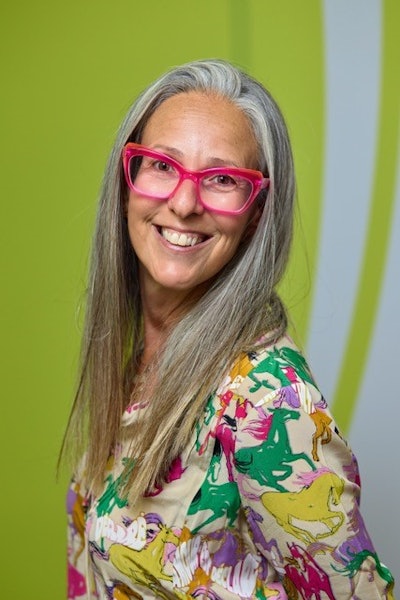 Amy BlackmanPhoto: Courtesy of Amy Blackman
Amy BlackmanPhoto: Courtesy of Amy Blackman
What's community-centered experience design?
Community-centered experience design, or CCXD, is Blackman's idea for how events can be created to encourage ongoing engagement and—even beyond that—ongoing participation. There's a distinction between the two terms, she explains. "Engagement might be impressions, or 'drive-by moments.' But when you actually get people to participate in a brand and idea and become stewards for its evolution, that’s the money right there. To cut through the noise, people have to feel some kind of mutual exchange between the brand."
Blackman acknowledges this idea is very conceptual, so she's been working to develop a moniker called "Beyond the Room," the basis for an ongoing thought leadership series Spiro launched earlier this month. "We call it that because where community and participation exist is in our day-to-day lives. We have all these amazing experiences when we go to events—we meet people, we network, we collide—and then we go back to our day-to-day lives and all that inspiration and juiciness fades away. So I started to think: How do we maintain that, and how do we expand that?”
To Blackman, part of this is creating an industry mind shift. "We’re not just experience designers, event strategists, or meeting planners—we’re community designers. And the intentionality of your event becomes a catalyst for a community that continues.”
There are five phases to CCXD, she adds.
- Discovery: “How do you get deep into the psyche and zeitgeist of your audience’s needs, pains, and motivations, going beyond just their personas?" Blackman asks. "You can make generalizations on things that are commonalities, but to really undersand how to design for your participant, you need to go deeper into what’s motivating them, and learn what they care and share about."
- Mapping: "This is spatial design, but with the lens of: How do we remove barriers and facilitate serendipitous collisions with like-minded people?" she says. It's less about putting people in a room for a cocktail hour—which can be awkward and ineffective for people who don't know each other—and instead being more intentional about planned interactions.
- Community-Building: This is the content and programming, what she calls “the moments that fill the room.”
- Community Growth: “Phase four is where it gets really interesting,” Blackman explains. “This is about finding out how people want to continue the conversation. That may be over social media, sure—or it may be an in-person, local chapter; it may be a meet-up; it may be a field trip or an activity that meets regularly. It may be a resource library or a portal where people can post and share new information."
She adds, "To me, if you can get this part right—and really understand how people want to continue the conversation—that’s where the magic starts to happen. Because then you start to see the community grow branches.” - Dividends: This is all the measurable stuff like market share and ROI, but also the human dividends like the mentorship, inspiration, and innovation that come from an event.
Blackman stresses that for these five phases to work—and help build what she calls "a thriving and sticky community"—there needs to be a sense of joint enterprise, with all attendees having a clear mission. She also emphasizes the importance of mutual engagement and shared culture. Blackman describes this as almost an inside joke, sharing the example of how the Spiro team lightly teases her for overusing the word "rad."
“There’s a piece of vocabulary that emerges when you have a shared experience with someone. ... Every time the team addresses me, they jokingly use that word. This is shared repertoire that really creates culture and identity and a sense of belonging. So, if you can nail those things in your experience design on the front end, actually in the event room, that creates the seeds for advocacy, ambassadorship, ongoing participation and community, and exponential growth," she explains.
What types of events does this work for?
While this concept has logical implications for annual corporate or association conferences, Blackman also stresses that it can work for something like a brand activation too. “My thesis has always been the water bottle example,” she says. “Water is water, except for what’s on the label."
Take a music festival, for example, where Aquafina, Dasani, and Smartwater might all have an activation. "This would be a moment where intentional experience design or community is going to make the difference in terms of creating brand advocates for something that’s really sort of unremarkable," she points out. "Water is everywhere. But there can be this cognitive shortcut of, I have an affinity for and I’m an advocate for this brand because I had this experience at their activation that connected me to other people who have a similar lifestyle and mindset."
“I’m not saying people are going to have Aquafina parties in town,” she adds with a laugh. But think of something like the wildly popular TED concept, she explains. The flagship TED conference has tickets costing upward of $10,000—so people around the world started forming their own community circles and TED-style gatherings. Instead of fighting it, the TED team decided to sanction it, giving these groups a toolkit, playbook, and set of brand standards. "From there, they said: Use our name, start your own TED in your community, and TEDx was born," Blackman notes. "That gave TED these tentacles in culture that I don't think they ever intended to have."
And despite her deemphasis on social media, Blackman acknowledges its role in the idea, and advises brands to pay attention to the little pockets of community that pop up organically on social media—and take the time to respond, encourage, and facilitate these so people don't lose interest.
“The community experience design mindset is good for humans and good for brands because it’s facilitating human-to-human connection and human-to-brand connection—and it’s having dividends from well-being and inspiration all the way to increased market share and more sales," Blackman sums up. "There are real benefits to shifting thinking from using the event spend not as the end game, but as a means to a greater end—which is continuity and evergreen participation.”
Blackman will be sharing more on this topic at Connect Marketplace, taking place Aug. 22-24 in Minneapolis.




